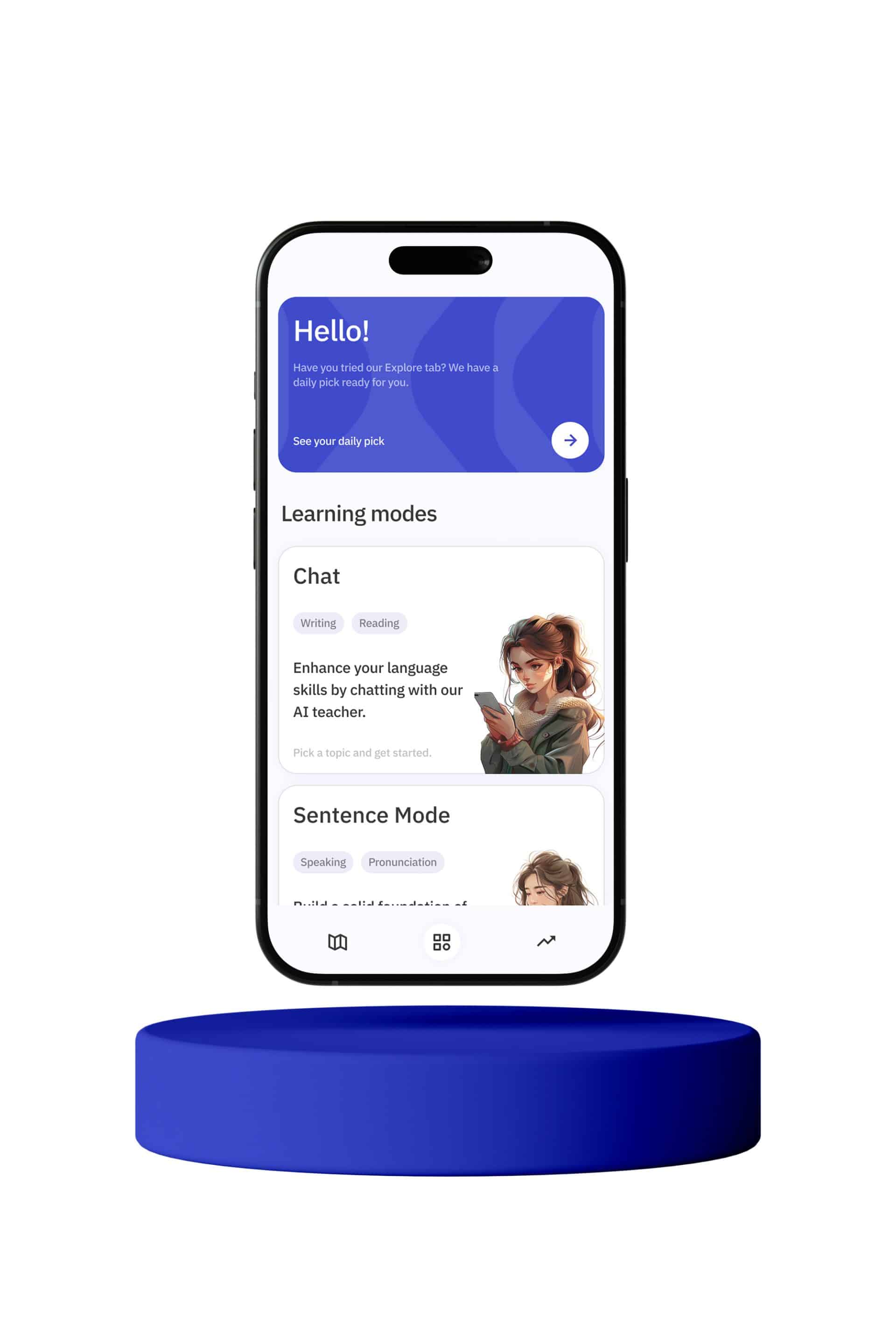Understanding the nuances of a language is crucial for effective communication. In Portuguese, the verbs “mostrar” and “exibir” both translate to the English verbs “to show” and “to display”. However, they are used in different contexts and carry distinct connotations. This article will explore the differences between these two verbs, helping you understand when and how to use each one appropriately.
First, let’s examine the verb “mostrar”. This verb is commonly used in everyday situations and has a broad application. It generally means “to show” or “to demonstrate”. For example:
1. “Posso mostrar minhas fotos da viagem?” – “Can I show you my travel photos?”
2. “Ele quer mostrar seu novo carro.” – “He wants to show his new car.”
In these examples, “mostrar” is used in a casual context, typically involving personal or tangible items. It is the go-to verb when you want to present something to someone in an informal setting. The verb “mostrar” carries a sense of revealing or introducing something new to the viewer.
On the other hand, the verb “exibir” is more formal and specific. It translates to “to display” or “to exhibit”. This verb is often used in contexts related to presentations, exhibitions, or formal displays. For instance:
1. “O museu vai exibir uma nova coleção de arte.” – “The museum will display a new art collection.”
2. “A empresa vai exibir seu novo produto na feira.” – “The company will exhibit its new product at the fair.”
In these scenarios, “exibir” is used to indicate a formal presentation or display, often in a public or professional setting. It implies a more structured and organized form of showing something, usually to a larger audience.
Now, let’s delve deeper into the nuances and specific contexts where these verbs are used.
**1. Informal vs. Formal Contexts**
One of the key differences between “mostrar” and “exibir” is the level of formality. “Mostrar” is versatile and can be used in both informal and formal settings, but it is predominantly used in everyday conversations. For example:
– “Vou mostrar o caminho para você.” – “I will show you the way.”
– “Ela quer mostrar a casa nova para os amigos.” – “She wants to show the new house to her friends.”
Conversely, “exibir” is more formal and is often associated with official displays, exhibitions, or performances. It is less likely to be used in casual conversations. For example:
– “Eles vão exibir um filme novo no festival.” – “They will display a new film at the festival.”
– “A galeria vai exibir obras de artistas famosos.” – “The gallery will exhibit works by famous artists.”
**2. Personal vs. Public Displays**
Another distinction lies in the scope of the audience. “Mostrar” is often used when the act of showing is directed at a specific person or a small group. It is personal and direct. For example:
– “Ela mostrou o anel de noivado para as amigas.” – “She showed the engagement ring to her friends.”
– “Ele mostrou o projeto para o chefe.” – “He showed the project to the boss.”
On the other hand, “exibir” tends to be used for public displays where the audience is larger or more general. It often implies a level of preparation and presentation. For example:
– “A escola vai exibir uma peça de teatro.” – “The school will exhibit a play.”
– “O artista vai exibir suas pinturas na galeria.” – “The artist will exhibit his paintings in the gallery.”
**3. Implication of Duration**
The verbs also differ in terms of the implied duration of the act of showing. “Mostrar” can indicate a brief, momentary action. For example:
– “Vou mostrar algo rapidamente.” – “I will show something quickly.”
– “Ele mostrou o documento por um instante.” – “He showed the document for a moment.”
In contrast, “exibir” often implies a longer, more sustained display. It suggests that the item being exhibited is meant to be viewed over a period of time. For example:
– “A exposição vai exibir as obras por um mês.” – “The exhibition will display the works for a month.”
– “O filme foi exibido no cinema por várias semanas.” – “The film was displayed in the cinema for several weeks.”
**4. Connotation of Impressive or Noteworthy**
Lastly, “exibir” carries a connotation of being impressive or noteworthy. When something is “exibido”, it is often meant to impress or attract attention. For example:
– “Ela gosta de exibir seus troféus.” – “She likes to display her trophies.”
– “A empresa exibe suas conquistas no site.” – “The company displays its achievements on the website.”
On the other hand, “mostrar” does not necessarily carry this connotation. It is a more neutral term that simply means to reveal or present something. For example:
– “Ele mostrou a foto do filho.” – “He showed the photo of his son.”
– “Ela mostrou como fazer a receita.” – “She showed how to make the recipe.”
Understanding these differences is essential for mastering Portuguese and using the language effectively. While both “mostrar” and “exibir” translate to “to show” or “to display”, their usage depends on the context, formality, audience, duration, and connotation. By paying attention to these nuances, you can enhance your communication skills and convey your message more accurately.
In summary, use “mostrar” for informal, personal, or brief acts of showing, and use “exibir” for formal, public, or extended displays that are meant to impress. This distinction will help you navigate conversations and presentations in Portuguese with greater confidence and precision.








